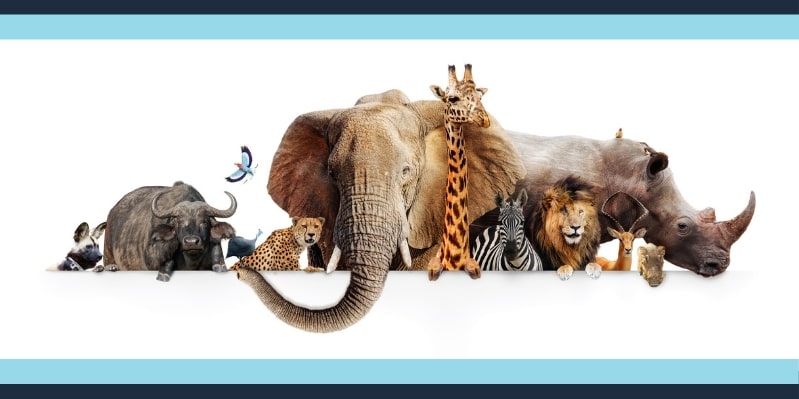Welcome to Facts Vibes! Uncover the intriguing world of vampires with us. From their folklore origins to pop culture appearances, this article is filled with fascinating and unearthly facts about these mythical creatures. Get ready to delve into the mysterious realm of vampires.
The Surprising Origins of Vampire Folklore
The Surprising Origins of Vampire Folklore in the context of {theme}
The origins of vampire folklore can be traced back to various cultures and historical periods, with different interpretations and beliefs surrounding these mythical creatures. The concept of vampires has been a prevalent theme throughout history, often linked to fear, superstition, and the unknown.
One surprising origin of vampire folklore is the ancient civilizations of Mesopotamia and Greece. In Mesopotamian mythology, there were stories of demonic entities that would prey on humans by drinking their blood. Similarly, in Greek mythology, tales of vampiric beings such as the Lamia and Empusa perpetuated the fear of these supernatural creatures.
Moving forward in history, the medieval period in Europe saw the rise of vampiric beliefs and the fear of the undead. Plagues, mass deaths, and the lack of scientific understanding led to superstitions about corpses rising from the grave to feed on the living. These fears manifested in practices such as staking corpses, decapitation, and placing objects in the mouth of the deceased to prevent them from becoming vampires.
The Slavic regions also contributed to the evolution of vampire beliefs. Stories of the undead known as “upir” and “vrykolakas” were prevalent, and the fear of vampires was deeply ingrained in the folklore of these regions. As these beliefs spread, they influenced the portrayal of vampires in literature and later in popular culture.
Moreover, the 18th century saw the emergence of vampire hysteria in Eastern Europe, particularly in areas such as Serbia and Hungary. Reports of alleged vampire attacks and the exhumation of suspected vampires further fueled the fear and fascination with these creatures.
In conclusion, the origins of vampire folklore are a complex tapestry woven from various cultural, historical, and societal influences. The evolution of these beliefs has shaped how vampires are perceived and portrayed in modern media, making them enduring figures in popular culture.
Most popular facts
Vampires are mythical creatures that are said to survive by feeding on the life essence (usually blood) of living beings.
Vampires are mythical creatures that survive by feeding on the life essence (usually blood) of living beings.
The concept of vampires has existed in various cultures around the world for centuries.
The concept of vampires has existed in various cultures around the world for centuries.
The most famous vampire character is Count Dracula, created by the Irish author Bram Stoker in his 1897 novel.
Count Dracula is the most famous vampire character, created by the Irish author Bram Stoker in his 1897 novel.
The belief in vampires led to the practice of placing garlic in homes to ward off these supernatural beings.
Belief in vampires led to the practice of placing garlic in homes to ward off these supernatural beings.
In some legends, vampires are unable to enter a home unless invited in by the owner.
In some legends, vampires are unable to enter a home unless invited in by the owner.
Vampires are often portrayed as immortal, with the ability to live for centuries.
Vampires are often portrayed as immortal, with the ability to live for centuries.
The idea of vampires being harmed by sunlight was popularized by the 1922 film “Nosferatu.”
The idea of vampires being harmed by sunlight was popularized by the 1922 film “Nosferatu.”
In some cultures, vampires were believed to have the power to shapeshift into animals such as bats or wolves.
Some cultures believe that vampires have the power to shapeshift into animals like bats or wolves.
Vampires are often depicted as having heightened senses and strength.
In the context of Information and facts, vampires are often depicted as having heightened senses and strength.
The first recorded accounts of vampire hysteria occurred in Eastern Europe in the 1700s.
The first recorded accounts of vampire hysteria occurred in Eastern Europe in the 1700s.
The word “vampire” is believed to have originated from the Old Church Slavonic word “opiri” which means “to drink.”
The word “vampire” is believed to have originated from the Old Church Slavonic word “opiri” which means “to drink.”
Vampires are often associated with seduction and allure, using their charm to attract victims.
Vampires are often associated with seduction and allure, using their charm to attract victims.
The fear of vampires led to the practice of exhuming suspected vampires and staking them through the heart.
Fear of vampires led to the practice of exhuming suspected vampires and staking them through the heart.
Vampire folklore has inspired numerous books, films, and TV shows across different genres.
Vampire folklore has inspired numerous books, films, and TV shows across different genres.
Modern interpretations of vampires have evolved to include non-traditional characteristics, such as sparkling skin in the “Twilight” series.
Modern interpretations of vampires have evolved to include non-traditional characteristics, such as sparkling skin in the “Twilight” series.
In conclusion, the interesting facts about vampires shed light on their enduring presence in popular culture and folklore. Whether as a source of fear or fascination, these mythical creatures continue to captivate audiences and inspire countless literary and cinematic works. Delving into the lore of vampires offers a compelling glimpse into the human psyche and our enduring fascination with the supernatural.
